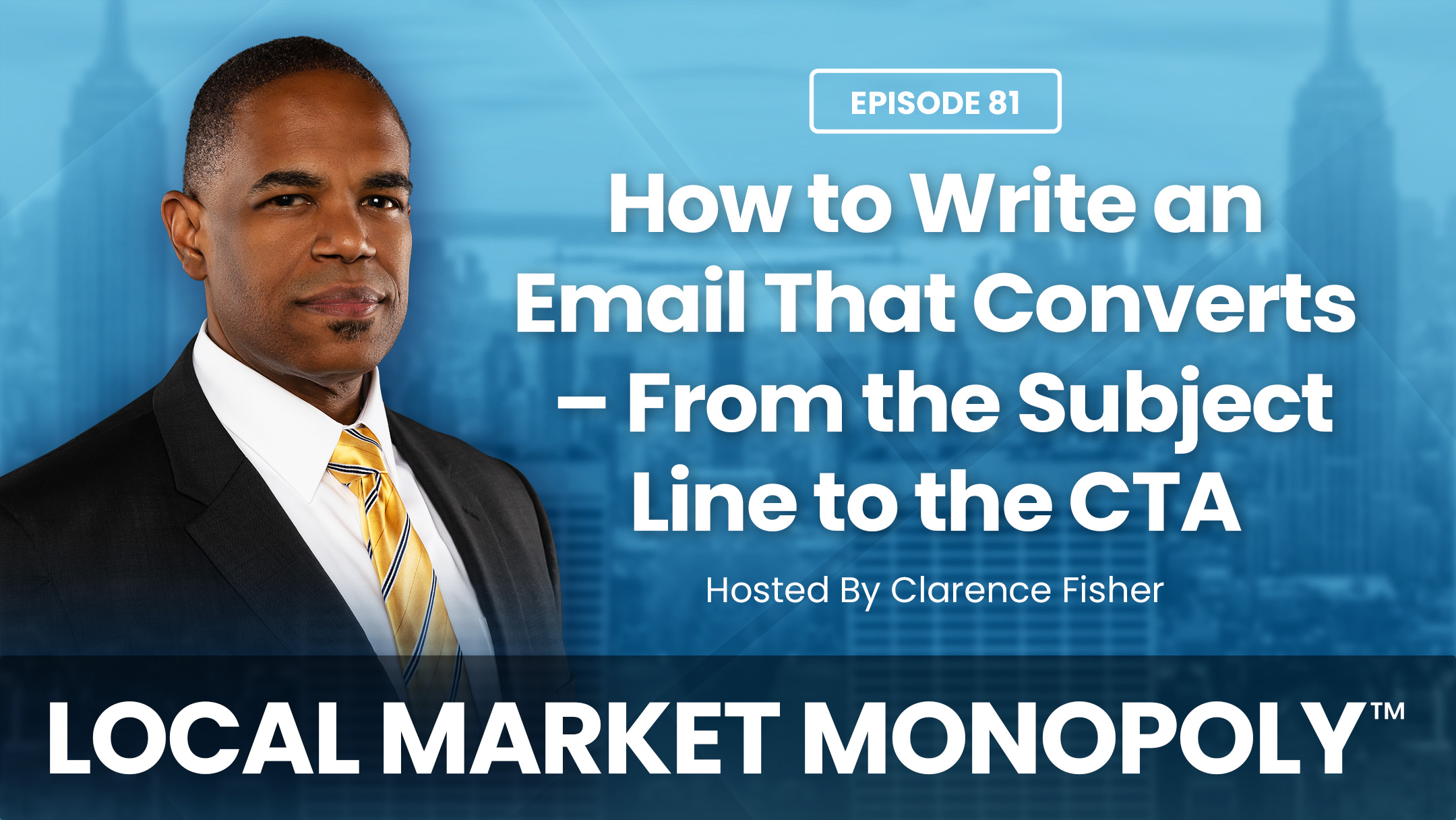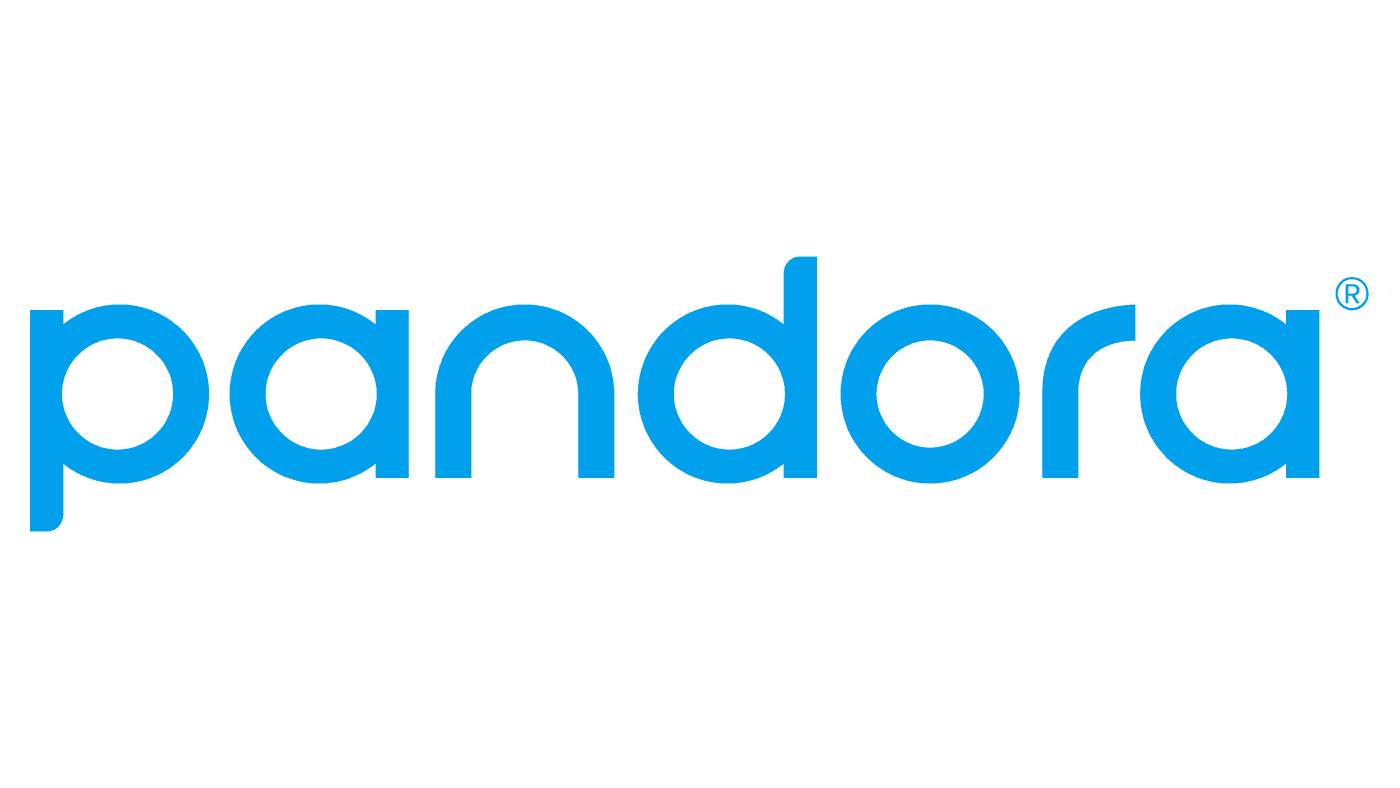Are you ready to learn how to make your emails convert like crazy?
Well, this episode is here to help you turn your email campaigns into irresistible, conversion-driving masterpieces!
We'll show you how to write a subject line that catches your reader's attention while still being straightforward.
Then, we'll talk about keeping your readers engaged with relevant and authentic content. We'll even give you tips on how to create a story that resonates with your audience.
Finally, we'll get to the Call To Action (CTA), which is crucial for turning readers into customers.
We have some powerful techniques to share with you for creating CTAs that make people want to click.
Whether you're a seasoned pro or just starting out, we have plenty of great tips to help you improve your email game.
So tune in now and get ready to learn!










